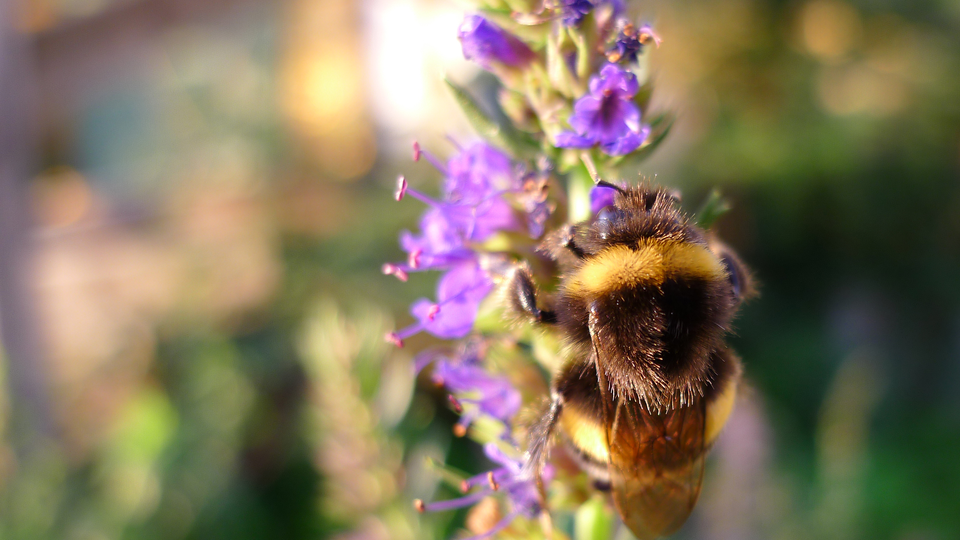
Is Ploidy a Simple Predictor of Future Plant Species Extinctions?
Biodiversity is threatened by vast natural habitat loss. Predicting how many and which species may go extinct in the future due to continued habitat loss, is key info for scientists, practitioners and policymakers to enable actions before more species go extinct.
Extinctions are set by how life-history traits interact with the environment, and dispersal, persistence and reproductive traits are often used to predict extinctions. Consistent prediction accuracy using these traits is hindered by strong trait variation within species and scale dependence.
Ploidy, however, is near invariable within species across spatial scales and data are widely available for most species. Ploidy describes numbers of chromosome pairs in a species genome and may be an effective extinction risk predictor which may improve prediction accuracy. Differences in ploidy across species may be related to their extinction risk via a set of genetic and trait-based ecological processes known to be affected by ploidy.
Set on fragmented grasslands across Europe, we test how variation in ploidy induces genetic and trait variation which controls species distributions and community diversity. This helps understand how ploidy affects species extinctions to habitat loss, evaluating its potential as predictor of future extinction risk. Results are relayed to government agencies to support decision-making and create early-warning tools, and the public for raising awareness on the importance of biodiversity conservation.
Contact
Want to know more about IVL's services and offers? Enter your email address and choose which area you want to know more about, and we will get back to you.
NOTE! For questions about vacancies and thesis work, go to the Careers
tab in the main menu.
